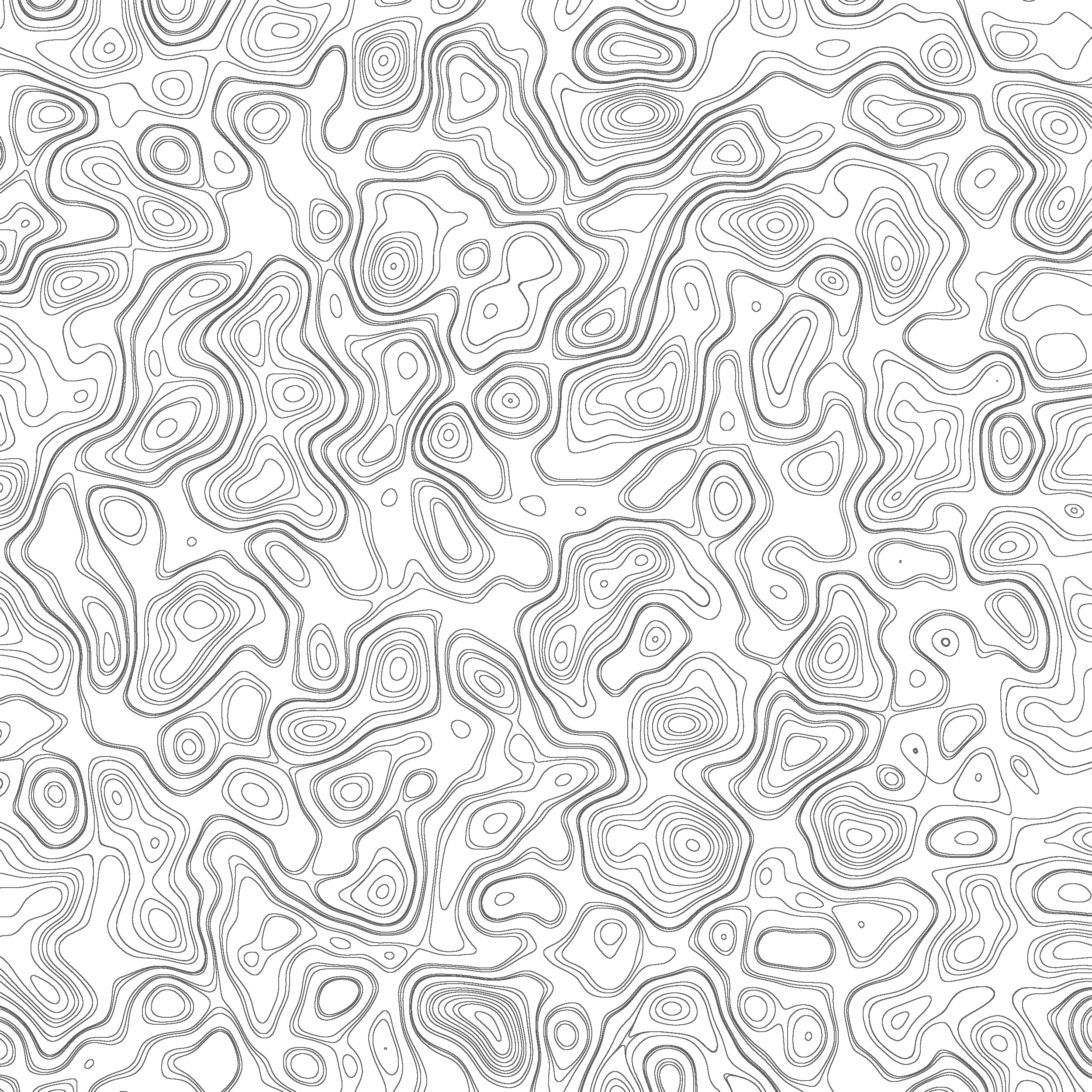
Budgetary UAS for Environmental Surveying:
A Social Perspective

Overview
This research seeks to develop an understanding of the inclusion of modern, budgetary drone technologies in environmental research and understand if these factors have improved the ability to conduct research for specific social groups. The work seeks to understand the evolution of modern UAS technology and how they may or may not benefit social groups through more accessible and cost-effective environmental analyses.
We promote that the evolution of modern drone technology has the potential to benefit lower-income and indigenous groups.

Why Participate
By participating, you provide valuable data and insight that has the potential to showcase empirical data that establishes modern drone technology as an important asset for communities in a multitude of ways.

Why is this Important
1.
The flexibility of modern drone systems provides promising applications, especially when these applications entail repeated data collection that can be done safer, cheaper, and faster than with alternative systems such as manned aerial vehicles and satellite imagery (Wing et al., 2013).
2.
The research posed here seeks to showcase this through an analysis of studies where social groups are benefitted from environmental research through remote sensing means. There are reoccurring subjects where this criterion is met, including the participatory GIS, agricultural use, urban modeling, and Disaster Risk Reduction (DRR).
3.
Public participation geographic information systems (PPGIS) entails utilizing GIS to encourage public involvement in policymaking and community decision-making across organizations, groups, and nongovernmental entities (Sieber, 2006). Evidence of the benefits of PPGIS has been well established through multiple studies. On the environmental side, a general summary of the benefits of this is the potential to understand further how environmental hazards impact communities through a personal scope. In turn, this has been proven to, in some 11 instances, incentivize community stakeholders and further community responsibility – especially in areas that lack publicly accessible geographic data (Brandt et al., 2019).




